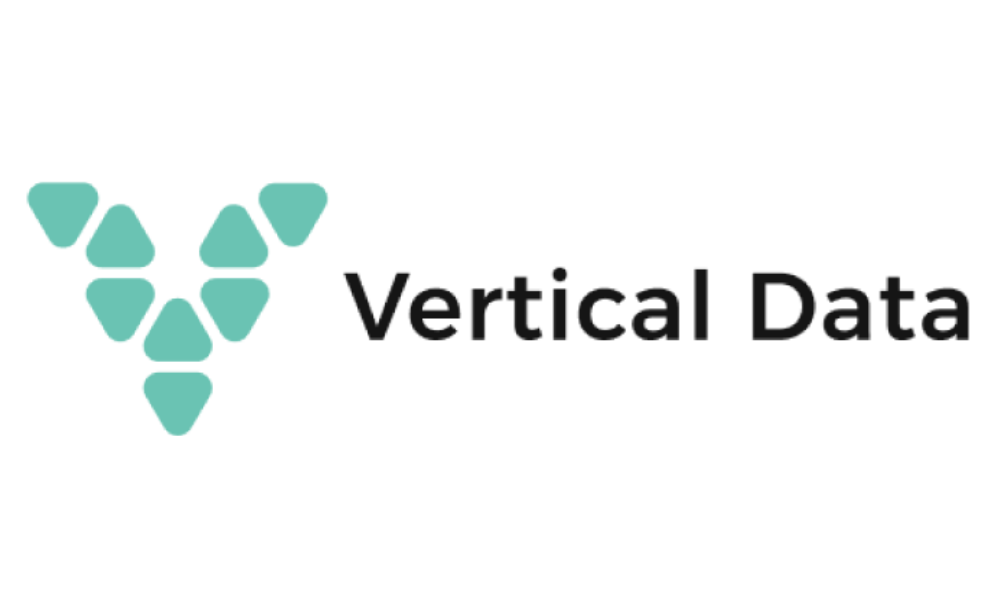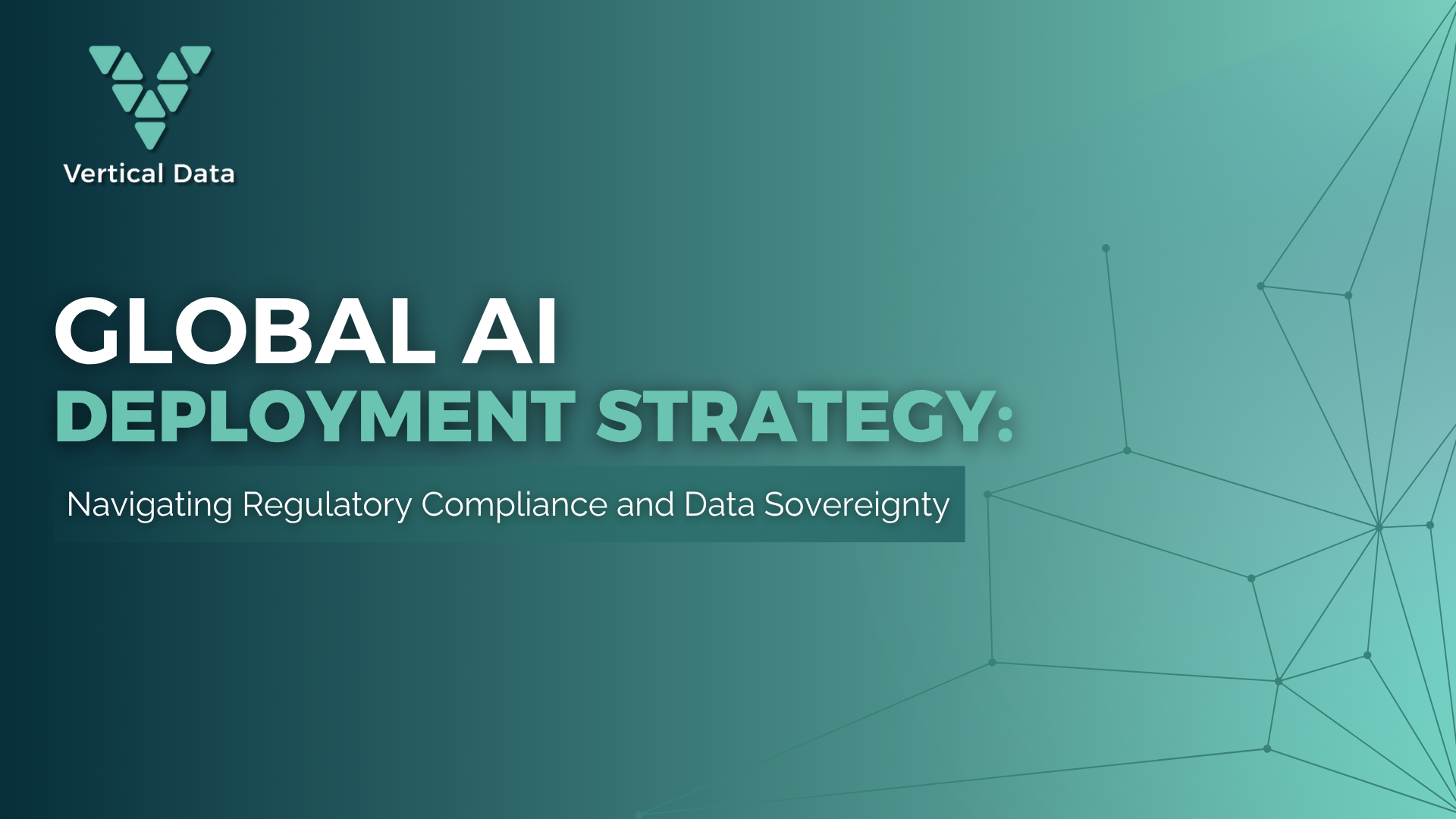The promise of AI knows no borders, but the reality of deploying AI systems globally is increasingly complex. As organizations scale their AI initiatives across multiple jurisdictions, they face a maze of regulatory requirements, data sovereignty laws, and compliance frameworks that can make or break their expansion plans.
The stakes couldn’t be higher. The European Union’s AI Act, passed in 2024, imposes fines of up to €35 million or 7% of annual global turnover for serious violations. Similar regulations are emerging worldwide, creating a compliance landscape that demands strategic navigation, not reactive responses.
The New Reality of AI Regulation
Global AI regulation is no longer a future concern, it’s a present reality reshaping how organizations deploy AI systems. The EU AI Act serves as a template other jurisdictions are following, introducing a risk-based approach that categorizes AI systems from minimal to prohibited use.
High-risk AI systems, those used in critical infrastructure, education, employment, or law enforcement, face the strictest requirements. Organizations must demonstrate compliance through detailed documentation, risk management protocols, and ongoing monitoring. The complexity multiplies when these systems operate across countries with vastly different regulatory frameworks.
The United States is developing its own model through executive orders and agency guidelines, while countries like Canada, the UK, and Singapore are establishing distinct AI governance frameworks. Each brings unique obligations that global organizations must manage simultaneously.
Data Sovereignty: The Hidden Complexity
Data sovereignty adds another layer of challenge to global AI deployments. These laws dictate where data can be stored, processed, and accessed, often requiring that sensitive information remain within national borders.
This poses a significant challenge for AI, which depends on large datasets for training and inference. When data can’t cross borders, organizations must either deploy separate AI systems in each region or enable federated learning across distributed infrastructure.
Consider a multinational financial services company using AI for fraud detection. European customer data must comply with GDPR, typically requiring EU-based processing. Meanwhile, Chinese operations must adhere to China’s Cybersecurity Law, which mandates local data storage. The result is a complex, distributed AI architecture that must remain consistent while respecting sovereign data laws.
Building Compliance into Architecture
Smart organizations are taking a “compliance by design” approach, embedding regulatory requirements into AI infrastructure from the start, rather than retrofitting them after deployment.
Key architectural principles include:
- Data localization capabilities
- Audit trail generation
- Explainability and transparency features
- Bias detection and monitoring systems
These aren’t optional add-ons; they must be integrated into core infrastructure to ensure compliance doesn’t compromise performance.
Distributed infrastructure becomes critical here. Organizations must be able to deploy workloads in specific regions while maintaining centralized governance and visibility. This requires orchestration tools that can manage compliance requirements across geographies in real time.
The Role of Edge Computing
Edge computing is a critical enabler of compliant AI deployment at scale. By processing data closer to its source, edge infrastructure supports data residency requirements while also delivering the low latency needed for real-time AI applications.
For example, a global manufacturer can deploy AI-powered quality control systems locally at each facility. Data stays on-site, but insights and model updates are shared via federated learning, ensuring consistency while respecting national laws.
Edge infrastructure also provides flexibility. When new regulations emerge, organizations with distributed architecture can rapidly reconfigure data flows and processing locations, without overhauling their entire system.
Governance Frameworks That Scale
Scaling AI across jurisdictions requires governance frameworks that are both consistent and flexible. Organizations must create centralized policies and tools that can adapt to local requirements without fragmenting their global strategy.
Leading enterprises are establishing AI governance councils with regional representation. These groups ensure that local regulatory knowledge informs global decisions, allowing for unified standards that accommodate regional differences.
Documentation becomes critical. Teams must maintain clear records on:
- AI model development
- Training data provenance
- Model performance and evolution
- Decision-making processes
These records must be audit-ready for multiple regulators while remaining compliant with data sovereignty constraints.
Risk Assessment and Mitigation
Global AI deployment requires robust, ongoing risk assessment. It’s not enough to evaluate technical performance; organizations must also assess compliance exposure across all operating regions.
This involves tracking regulatory changes and using automated compliance monitoring to flag risks before they escalate. When legal changes affect data residency, algorithm transparency, or ethical use, organizations must be ready to adapt, immediately.
Risk mitigation must be part of deployment from day one, including:
- Contingency plans for regulatory changes
- Tools for migrating data or retraining models
- Infrastructure that supports rapid compliance updates
The Strategic Advantage
Organizations that embed global compliance into their AI strategy gain more than peace of mind, they gain a competitive edge.
By building infrastructure that adapts to local requirements, they can enter new markets faster, respond to changing laws, and avoid costly rework. They’re also better positioned to win trust from customers, partners, and regulators.
Global compliance is no longer a defensive posture, it’s a strategic differentiator.
Building for the Future
AI regulation will continue evolving. Organizations that build flexible, distributed infrastructure with compliance at the core will be the best positioned to adapt and scale.
By treating compliance as a design principle—not a constraint—teams can create AI systems that are resilient, secure, and future-ready.
Global AI deployment is complex. But for organizations that embrace this complexity, the opportunity to lead in innovation and market expansion is unprecedented.


